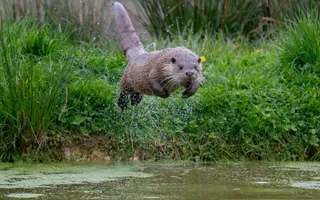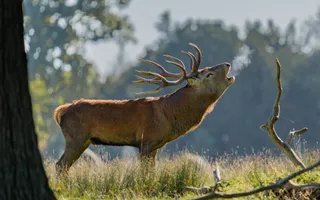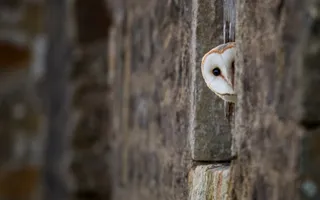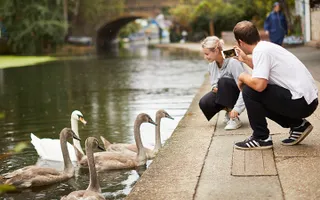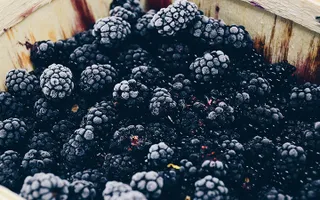With winter creeping in, you may not have to wait late into the night to catch a glimpse of species that prefer the dark.
Otter
Otters are particularly busy at dawn or dusk.
Due to their thick, waterproof fur and blubber, otters can withstand harsher weathers and remain active all year round, regardless of season. They also don’t have a set breeding window, so their behaviours don’t change dramatically throughout the year.



